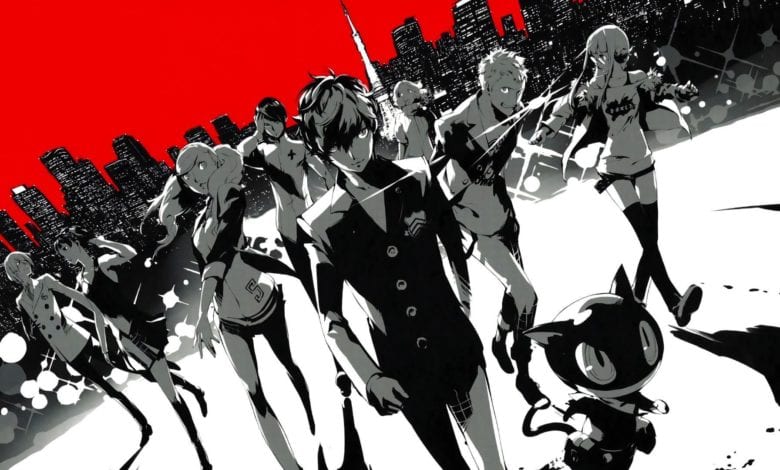Persona 5 & Persona 5 Strikers never forget how powerful Friendship is
If you’ve watched anime or played games with anime elements, we all know one of the biggest tropes of the genre. Our protagonist and cast of characters will use “the power of friendship” to defeat the villain and succeed. Most do this at just a surface level of understanding. We see the cast be friends throughout their adventure, so it makes sense their shared strength perseveres. But recently, a series finally managed to drive this message home on a subtext level as well.
Paired together, Persona 5 and Persona 5 Strikers IS about the power of friendship. Not just on a surface level, but on a subtext level as well. It’s the first anime-inspired game I’ve seen in a long time aim for such a common theme and break it down in such an intelligent way that it has stuck with me for weeks since finishing Persona 5 Strikers. So how does it go the extra step?
(Warning: Spoilers for Persona 5 and Persona 5 Strikers will follow for the rest of the article. I also feel obligated to offer a trigger warning to readers for abuse, suicide, and sexual assault).
Alone in your own shackles
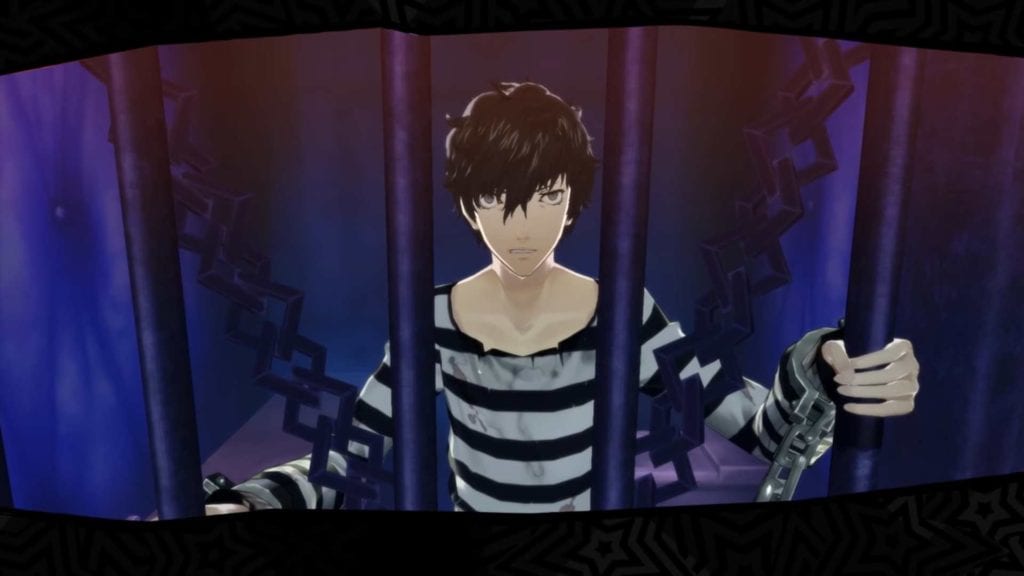
Let’s start first with how Persona 5 kicks this message of friendship off. At the beginning of Persona 5, our protagonist Joker is alone. They were thrown on probation for standing up to a powerful abuser with government power. After stopping him from forcing a woman to go home with him by striking him in the face, he is sent to Tokyo by his parents to be cared for by Sojiro Sakura. Sojiro, at first, is cold and demeaning to Joker because he believes he is just a punk kid and a troublemaker. The school he is sent to believes the same, with only words to use as evidence. The game alludes to the theme of Joker being trapped in a prison of sorts. Alone, shackled by society’s belief that he is not what they perceive him to be. But that because he is by himself, there’s no way to break out.
Throughout Persona 5, he meets friends that are going through metaphorical prisons alone as well. First is Ryuji, who is deemed a troublemaker at the school by the staff and students for standing up to abusive teacher Suguru Kamoshida for injuring students. In the aftermath, Kamoshida uses his power in the school to make Ryuji out to a problem child to the staff, and a selfish individual to his classmates. Kamoshida also puts Ann Takamaki in a prison. By using her friend Shiho Suzui as leverage, it’s heavily implied that Kamoshida is harassing Ann into dates (and potentially worse) to keep Shiho on the starting lineup. Word of the relationship gets to students who start to ostracize her at the belief that she is “Kamoshida’s girl” and that no one should approach her.
Both characters bond with Joker over wanting to break free of their torment (or prisons if you will) that they have been placed in. As the game progresses, every new phantom thief is presented with a circumstance that paints the same theme of them being trapped and alone. Shadow creature (and cat) Morgana is trapped by their amnesia and lost purpose. Aspiring artist Yusuke is trapped by his mentor profiting off his art without his knowledge. Student Council President Makoto is trapped by her strong sense of justice getting her in major trouble with the mob and her prosecutor sister because she wanted to prove she could handle herself. Computer hermit Futaba is trapped by the guilt that she believes her mother’s death was her fault. Rich heir Haru is trapped in a loveless relationship powered by greed by her father and the finance he picked for her. Finally, ace detective, Akechi is trapped in the fruitless pursuit of approval from a man he wishes to get revenge on.
All the Phantom Thieves come together over the bond of wanting to break free from the society that has put them into the metaphorical prisons that left them alone to suffer. Using their newfound Persona powers together, they succeed in helping each new member break free of their struggle. It’s a powerful message that resonates through the game that friendship can help save your life at your lowest points. This is reinforced in the confidant system that the game presents to the player as well.
Friendship is not just about the good times
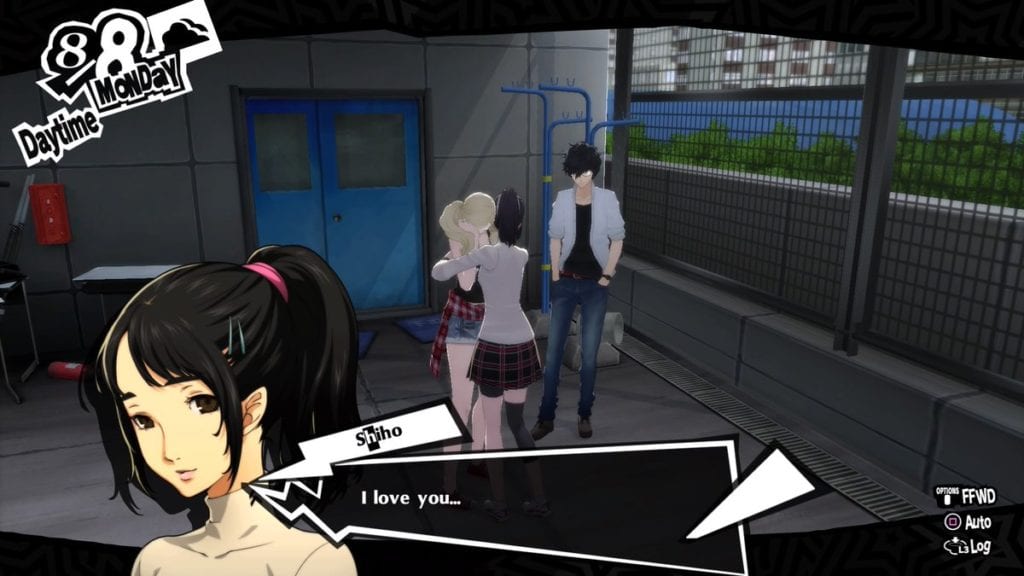
Over time, you can hang out with the Phantom Thieves one on one. In doing so, you gain benefits on the battlefield and stat upgrades. But you also learn more about each thief individually as they emotionally open up. They give insight on why they got trapped in the first place, and what they need to do with your help to never look back. It takes gut-punching turns as the game doesn’t shy away from topics that most games are afraid to cover. One great example is helping Ann go with Shiho to the roof of the school where she tried to commit suicide earlier in the game by jumping off. It’s a heartfelt moment of levity you rarely see tackled head-on in video games that shows how far Joker and Ann have come since the beginning of the game.
Another wonderful example comes when bonding with computer-literate Phantom Thief Futaba. Futaba is trying to acclimate herself to socializing in public after being a recluse for years due to her depression from her mother’s death. The game understands though that learning to handle certain elements of interaction can be overwhelming for those suffering from anxiety or depression. While trying to buy a game, Futaba is stopped by police asking if she is alone and panics. This causes a scene in the store that only further drives up her anxiety until Joker arrives to explain to the police that she is family. The scene tackles anxiety with such a realistic approach that it helps players buy into the brother/sister relationship that Joker and Futaba build as the game goes forward.
Delving into harsh, but unfortunately, real topics that you can face in life is where the game’s theme of friendship goes to a deeper level. It’s moments like this that make Persona 5 the masterpiece that it is to JRPG fans. It wasn’t just a game that said “the power of friendship” line, it showed how important it can be. And it did it with topics that are hard to swallow like abuse and suicide, but very prevalent in real life.
When you’re left to wallow
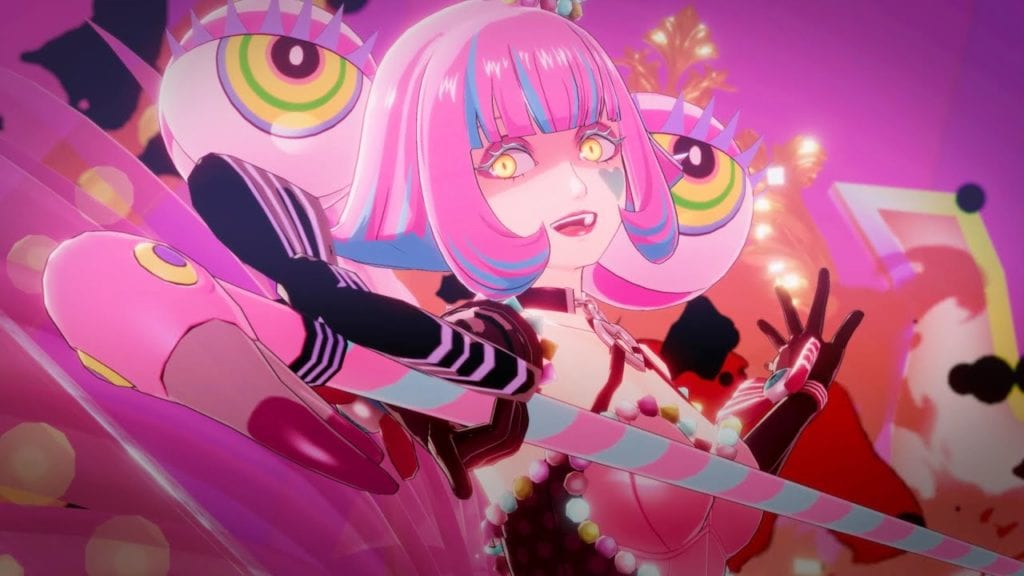
Now, how does Persona 5 Strikers fit into this theme? I thought the same to myself before booting up the game earlier this year. But Strikers quickly proves how it will manage to build and reinforce the friendship theme in a much different approach. Persona 5 players and fans knew going into Strikers that the group was thick as thieves… no pun intended. They were so close that they knew everything about each other, successes and struggles. So how do you build a new way to push the theme? Easy. Foils!
Persona 5 Strikers takes a deliberate approach to make each boss in the game a foil in personality and theme to specific Phantom Thieves and their struggles in Persona 5. It also takes a foil approach in subtext as the new areas the Thieves visit in the meta world are now jails instead of palaces. Each jail has a warden who ends up being the foil character in the cognitive world. You could interpret that it’s Persona 5 Strikers saying if the Thieves didn’t escape their struggles in the first game, they would have become these deeply troubled wardens.
The presentation of the wardens in the real world strongly suggests this theme too. Every warden is painted as struggling and alone. But unlike the thieves, they didn’t find friends to help them. They didn’t have anyone to break the shackles from their prisons, so they wallowed in contempt. Take the first warden of the game, Alice, for example. Alice is a pop star and model who is found to be extremely abusive in a toxic relationship way. Breaking up relationships on television for fun, forcing her managers to be submissive to her out of fear of retaliation through physical and mental abuse. Joker, Ryuji, and Ann watch in person as she pushes around anyone closest to her for her pleasure.
Most of the thieves want to deal with her as they did with Kamoshida, but Ann steps in and says they can’t. Why? She understands her struggle. She pieces together that Alice not only went to their high school before them but was bullied and ostracized in much of the same way that Ann was. While Ann was saved by her friends, she understands that Alice wasn’t. Thus, Alice has become a horrible person out of neglect and torment. Ann uses this info and her struggles to help Alice after the Thieves defeat her by letting Alice know that she can change and will be her friend to help her do so.
Alice isn’t the only warden who has members of the Thieves recounting their struggles from Persona 5. The second warden, Ango Natsume, is the son of a former famous writer who has been propped up by a publishing company who knows he lacks talent. It’s revealed they don’t care; They can profit off his name on the art alone. As you can expect, this resonates and angers Yusuke after his struggles with Madarame doing much of the same in Persona 5. After changing his heart, Yusuke encourages Ango to not give up on the art he wants to create and vows to be a critic and a friend. It drives home the idea of using the villains as foils to the Thieves’ struggles that players already know.
The biggest foil of all
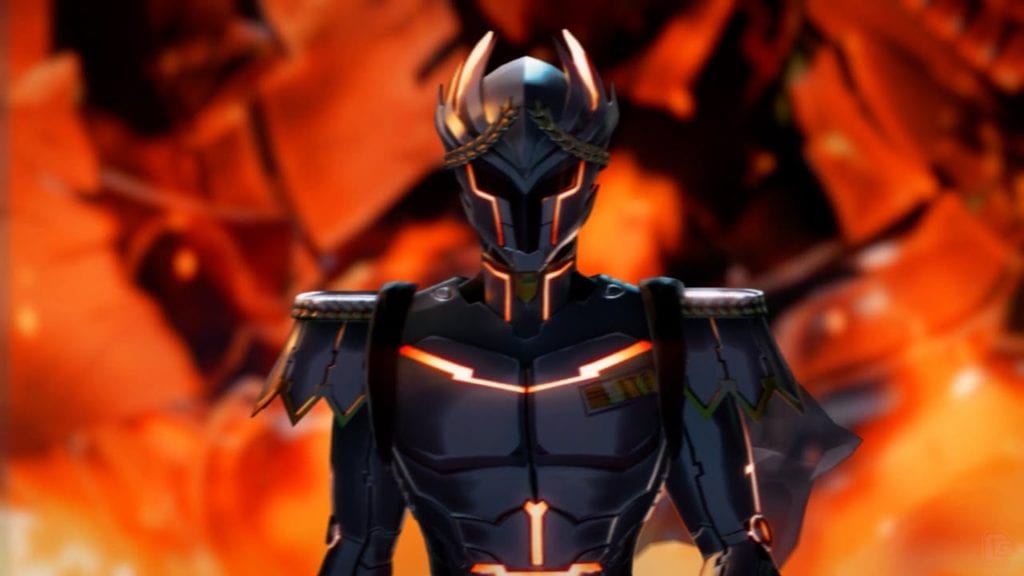
So, is there a foil to Joker you ask? Yes. One of the game’s biggest villains is just that. Akira Konoe. Konoe is the CEO of the IT company Madicce and the creator of the jails that the Phantom Thieves infiltrate in the game. He also can create the wardens using the app. Why does he do this? Like Joker, he has a strong sense of justice and feels the system needs massive reform. That the shackles that bind people down need broken. The difference comes in ideology though. Joker and the thieves believe that this must happen through the free will of the individual. That people have the power to change their fate based on their actions once their hearts are opened. Konoe does not subscribe to this methodology. He wishes to use the app to enact justice through subtle brainwashing of the individual.
It’s the type of warped sense of justice that comes from losing faith in humanity. The game does show that Konoe had lost faith in humanity as a child. Growing up in an abusive home, he was forced to kill his father in self-defense. Konoe believes that everyone inherently will do the wrong thing because of his past. So, his ideology is that you must force them to do what you want to achieve results and peace.
But to force the individual isn’t peace. Joker and the Thieves have taught people this throughout Persona 5 and Strikers. After the heart changes, they don’t force the individuals to go down every step they dictate to achieve forgiveness. They encourage them in hoping the individual will do the right thing. That mentality is preached so much by Joker and the thieves because they all went through their metamorphosis that way. They all chose to join the thieves and face their problems head-on afterward together. It’s a strong last reminder that Strikers throws reinforcing the theme on a surface and subtext level that friendship can save you from a dark path.
The power of friendship – No, really
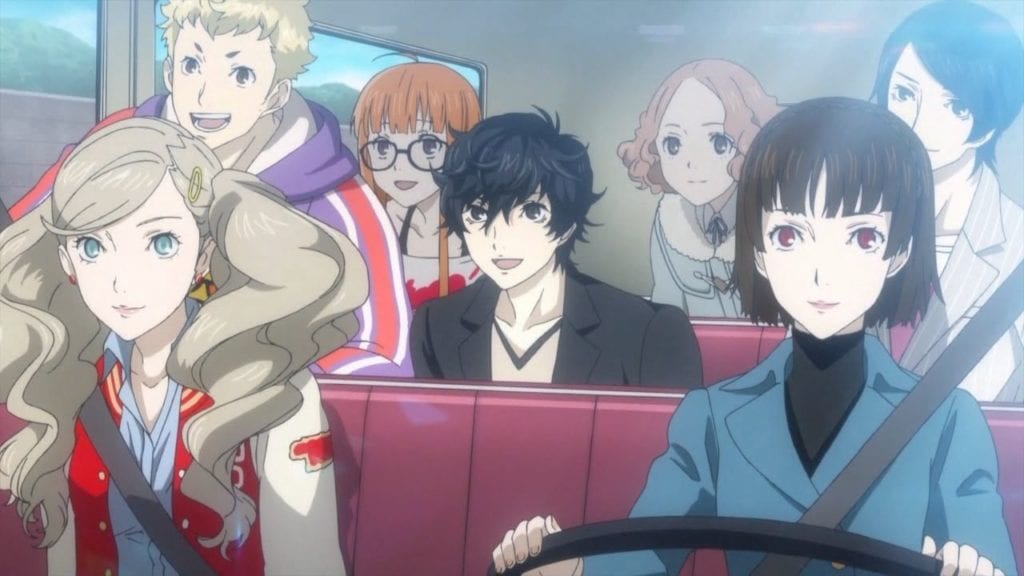
So many anime shows and games use the power of friendship theme as a crutch to defeat strong villains and help heroes bond. But Persona 5 and Persona 5 Strikers are two of the first games in a long time that shows what strong friendship bonds can do in saving individuals. By grounding the relationships with real-life issues, both games show that friendship goes deeper than just blurting out the phrase. It’s being there for your friends in their darkest times and hardest moments. It’s showing that you’ll help them with their problems till the very end. That unrelenting and unbreakable bond, built by the best and worst of adversities, is what makes friendship powerful. It’s why now almost 5 years after release, Persona 5 still has the love and adoration of millions of players around the world.


